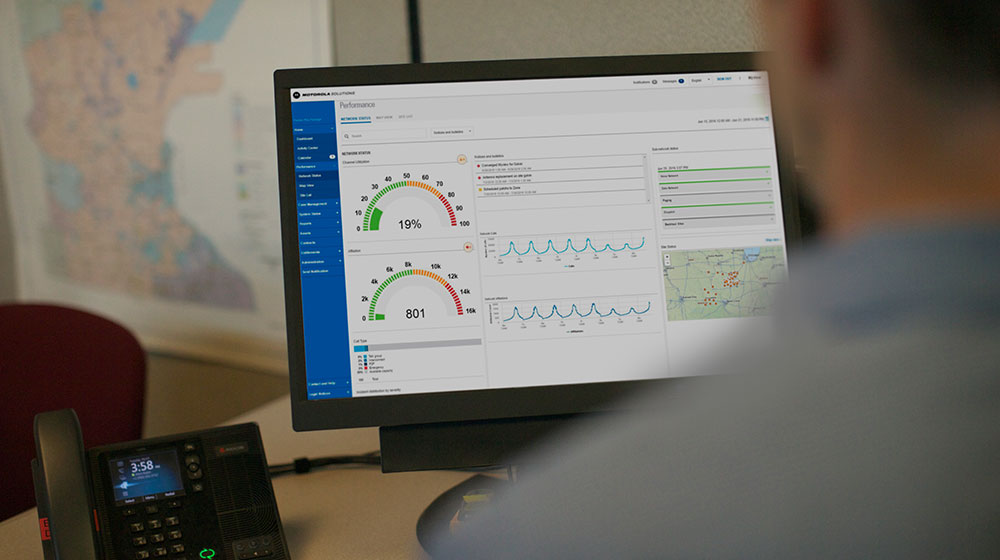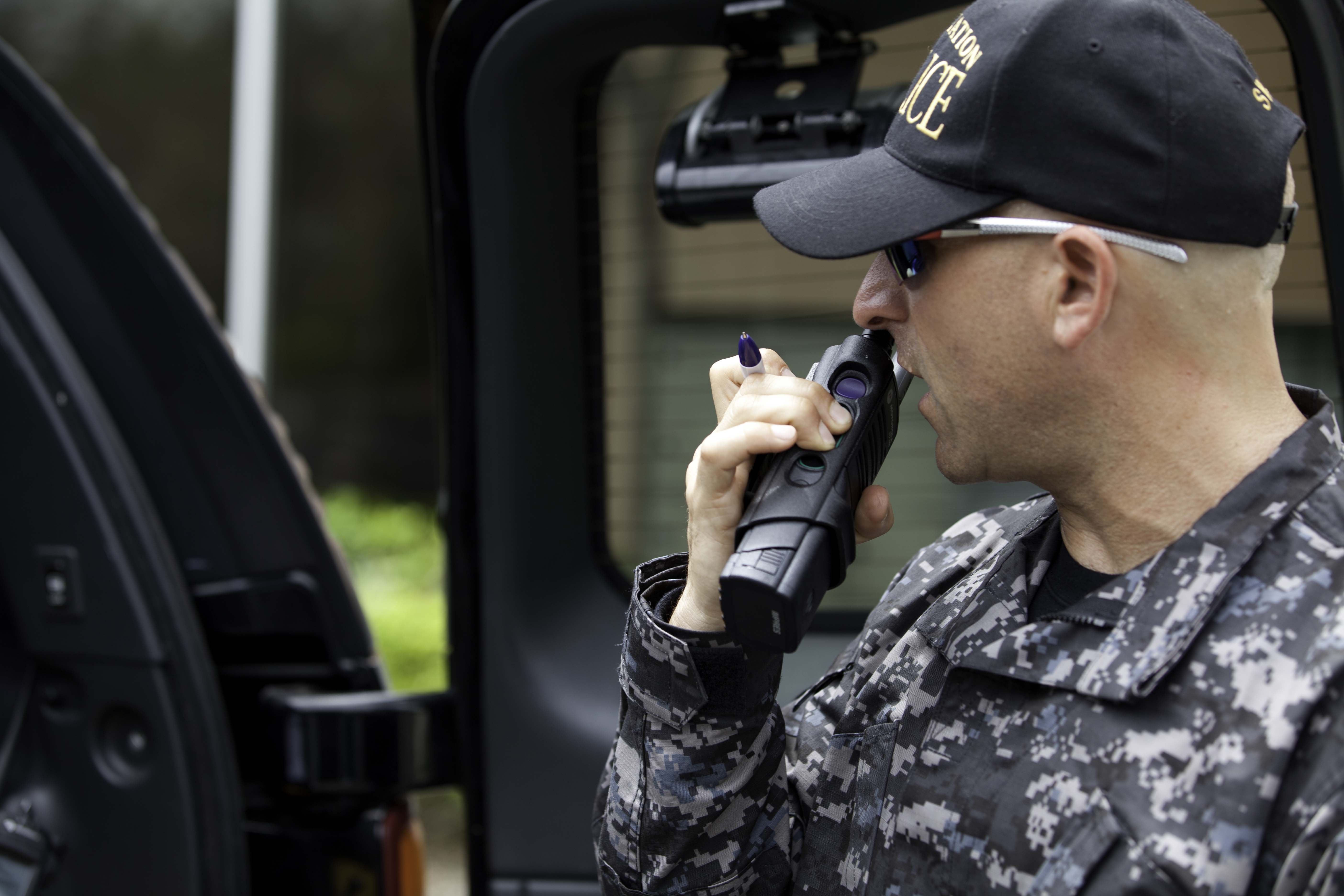Intelligence-led policing (ILP) is a data-driven approach to crime prevention. It involves collecting and analyzing historical and real-time data, including video, to understand crime, crime patterns, crime elements and combined together, this information generates actionable intelligence. Law enforcement agencies use this intelligence to coordinate resource allocation and policing strategies to address issues, crimes and anomalies in their jurisdiction. Their efforts can be targeted towards individuals and locations where they will have the greatest impact.
ILP has evolved significantly since its initial focus on counter-terrorism post-9/11. Today, it’s a core strategy for many police agencies and represents a shift from reactive policing to a proactive, data-driven approach to crime prevention.
The role of community-oriented policing
Community-oriented Policing (COP) is a vital component of ILP. It emphasizes partnerships between police and the communities they serve. This includes businesses, media, citizens and government entities such as local, state, tribal and federal partners. Community members often provide valuable on-scene observations and sometimes seemingly unrelated information, which, when confirmed, can be shared across law enforcement agencies, enriching the intelligence picture.
How does intelligence-led policing work?
Data is simply data until it is combined with other data, at which point it becomes information. Once confirmed or validated, information becomes intelligence. Advanced technologies, along with the review and input of trained and experienced law enforcement professionals, is used to analyze the collected information. Intelligence helps to identify crime areas, crime trends, potential victim profiles, witnesses, suspects, criminal associates, suspect vehicles, repeat offenders, criminal conspiracies or enterprises and potential future targets for criminal or terrorist activity. Intelligence is then evaluated to make informed decisions to address any threat or activity to determine how and where to allocate police resources. Risk management and mitigation at this stage will help to minimize the threats to agencies and the wider community.
How does intelligence-led policing reduce crime?
ILP utilizes confirmed intelligence, problem-solving, targeted proactive enforcement strategies (in and around targeted areas) along with various technologies to produce the desired results. Key performance indicators or metrics help to impact and drive outcomes for problems that are more complicated and difficult to eradicate. When combined, each relevant piece of intelligence helps to develop a strategy to prevent, address or solve a problem. The successful strategies based on the intelligence collected can help to prevent, disrupt, identify and eliminate the root causes of criminal activity. When intelligence leads to the identity and whereabouts of suspects, precision policing strategies will use the intelligence gathered to surveil, isolate and remove (by arrest) the source of the criminal activity, restoring order and safety to the community.
Intelligence-led policing strategies can also support multi-jurisdictional operations, allowing law enforcement agencies to pool their resources, strategies and intelligence, strengthening their ability to address crime, crossing jurisdictional boundaries.
The advantages of intelligence-led policing
A report commissioned by the Bureau of Justice Assistance (BJA), Office of Justice Programs, U.S. Department of Justice identified several examples of intelligence led policing that have had a significant impact on their communities.
Intelligence-led policing is the foundation of most community policing models. It allows agency personnel to be proactive rather than reactive to the conditions and activities in a community that threatens the community’s safety and welfare.
In Austin, Texas, the Austin Police Department focused on identifying the 20% of the population responsible for 80% of the crime. They reported a reduction in violent crime, burglaries and other repeat offenses when implementing ILP as part of their policing strategy.
Similarly in San Diego, California, the San Diego Police Department used ILP to increase their network of informants, and grow their knowledge of gang crime. By focusing their attention on active people, times, locations and property, there was a significant reduction in gang violence in the area.
The challenges of intelligence-led policing
While ILP has proven to be highly effective across the United States, concerns have been raised about the practices it operates. As ILP is driven by data collection, individuals can be heavily targeted, possibly jeopardizing their privacy and potentially exploiting those individuals who haven’t committed crimes. Furthermore, using historical data to inform future crime prevention could see inaccurate judgments being made, potentially over-policing in minority neighborhoods and the profiling of individuals. However, when implemented correctly and properly supervised, intelligence-led policing protects against targeting and exploitation.
In both cases, there is a strong need for agencies to invest in trusted, proven technologies to generate accurate data.
How can police teams begin to implement intelligence-led policing?
The implementation of an intelligence-led policing strategy will vary depending on the types of policing involved and the issues they face. However, most agencies will benefit from the following approach:
- Develop analytical skills – law enforcement professionals need to be able to analyze crime patterns and trends, this will involve intelligence-led policing training to educate individuals and share best practice.
- Use technology – advanced technology supplied by a leading and trusted partner is crucial. This may involve tools like Geographic Information Systems (GIS) – which allows the user to connect data points to their geographic location on a map – data mining and social network analysis.
- Build a centralized data system – this is required to store and analyze large amounts of data, and enable collaboration between teams.
- Establish clear tasking mechanisms – implement agreed plans on how information will be validated and used as intelligence.
- Develop a multi-agency approach – police should collaborate across agencies to share information and resources.




